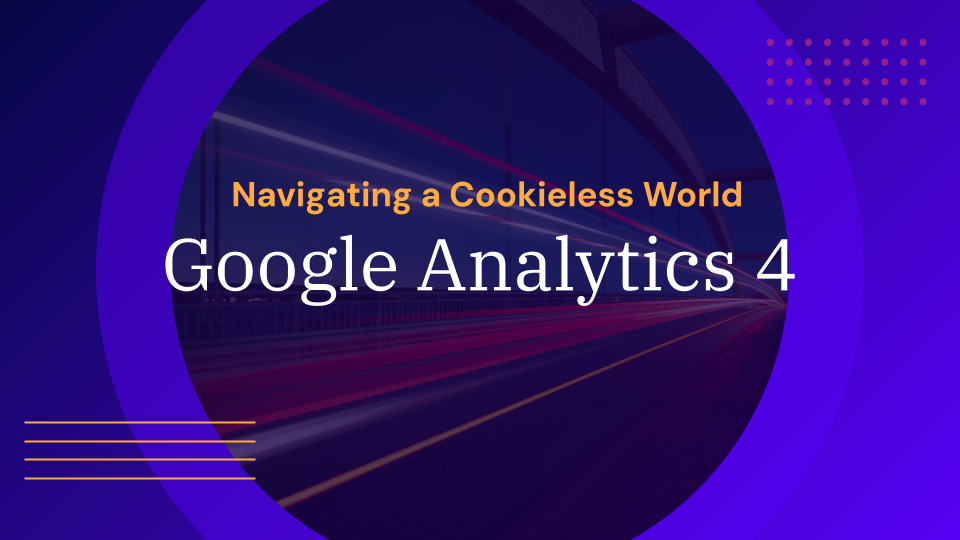
Prepare yourself for the IAB TCF v2.0
Privacy has been a hot topic in the marketing industry over the last 2 years. During that time, the industry has begun moving towards a cookie-less infrastructure with ever-increasing regulations, such as ePrivacy Directive, GDPR, CCPA and browser updates (ITP and ETP). The marketing industry is complex and has a lot of players, in order for them to interoperate with today’s privacy requirements, the market needs standards.
One of those standards is the Transparency & Consent Framework (TCF) which IAB Europe introduced back in August 2018, followed by v2.0 in August 2019.
On 15th August 2020, Google Marketing Platform (GMP) integrated their ads systems with the TCF v2.0 inline with the switchover date from v1.0 set by IAB Europe.
What is the TCF v2.0?
The TCF is an ePrivacy Directive and GDPR consent solution built by the industry for the industry. It delivers transparency to users and greater control for publishers. It is applicable for vendors and Content Management Platforms (CMPs), which need to make sure they are compliant on all personal data shared by users and used by Advertisers and Agencies.
All data collected by a website, such as cookies, advertising identifiers, device identifiers and other tracking technologies, are now requested to process the consent of the users for the delivery of content and relevant online advertising. TCF v2.0 gives consumers the ability to grant, reject and the right to object to personal data being processed by companies which use their data for advertising or targeted content purposes.
Overall, TCF v2.0 contains 10 purposes, 2 special purposes, 3 features, 2 special features and 42 stacks for which the user’s personal data can be processed. We highlight the 10 purposes and Special Feature 1. Find the full overview of all TCF v2.0 policies.
- Purpose 1: Store and/or access information on a device
- Purpose 2: Select basic ads
- Purpose 3: Create a personalized ads profile
- Purpose 4: Select personalized ads
- Purpose 5: Create a personalized content profile
- Purpose 6: Select personalized content
- Purpose 7: Measure ad performance
- Purpose 8: Measure content performance
- Purpose 9: Apply market research to generate audience insights
- Purpose 10: Develop and improve products
- Special Feature 1: Use precise geolocation data.
The key part is that on every ad call there is a signal (TC string) passed which indicates the user’s choices and preferences.
What does the implementation of TCF v2.0 on the Google Marketing Platform mean for my accounts?
Google is registered as a vendor in the Global Vendor List (GVL) to apply for approval to operate in the IAB Europe Transparency and Consent Framework (TCF). From a GMP perspective, the framework is in effect for Floodlights, Placement and Tracking Tags.
Google will ensure the reading and passing of the Transparency Consent (TC) string for all ad requests. The TC string must indicate that consent has been granted by, or legitimate interest has been established with, the user (as applicable).
Publishers: To integrate with the IAB TCF v2.0 a publisher must implement a TCF v2.0 registered Content Management Platforms (CMP) on their site(s) or app(s). The CMP creates and sends the TC (Transparency & Consent) string. Then, Google’s ad tags and SDKs consume the TC string they receive from the CMP.
Google has created 2 workarounds to implement a CMP:
- Funding Choices is a Consent Management Platform (CMP) that integrates with Google’s advertising services to help you gather your visitors’ consent for privacy regulations.
- Additional Consent Mode is to serve as a bridge for vendors who are not yet registered on the IAB Europe Global Vendor List (GVL).
As a publisher, you are not required to use the IAB TCF v2.0. You can continue to use other means to comply with Google’s EU User Consent policy and by using the Ad Technology Provider controls across Ad Manager, AdSense and AdMob.
Advertisers and Agencies: Using the TCF v2.0 is optional for advertisers and agencies and is not required to continue using Google Ads, Campaign Manager, Search Ads 360, and Display & Video 360. Only vendors or CMPs need to register for the TCF. By using Google tools and the fact Google is registered as a vendor, the process of IAB TCF v2.0 via the TC string is Google’s (and the publishers (if applicable)) responsibility, not the responsibility of the advertisers and agencies.
Vendors and CMPs: If you use cookies, mobile ad identifiers, or other local storage, Google will work with you via TCF v2.0 if you are registered for consent for purpose 1 (Store and/or access information on a device).
In the end, this framework will drive a more privacy-focused marketing industry, whereby users have insight and access to how their personal data is being processed, used and which technology providers are involved.
Browse: Industry Insight
Read Next
Find out how we can help you
With offices around the world, we can build a team perfect for your needs.

